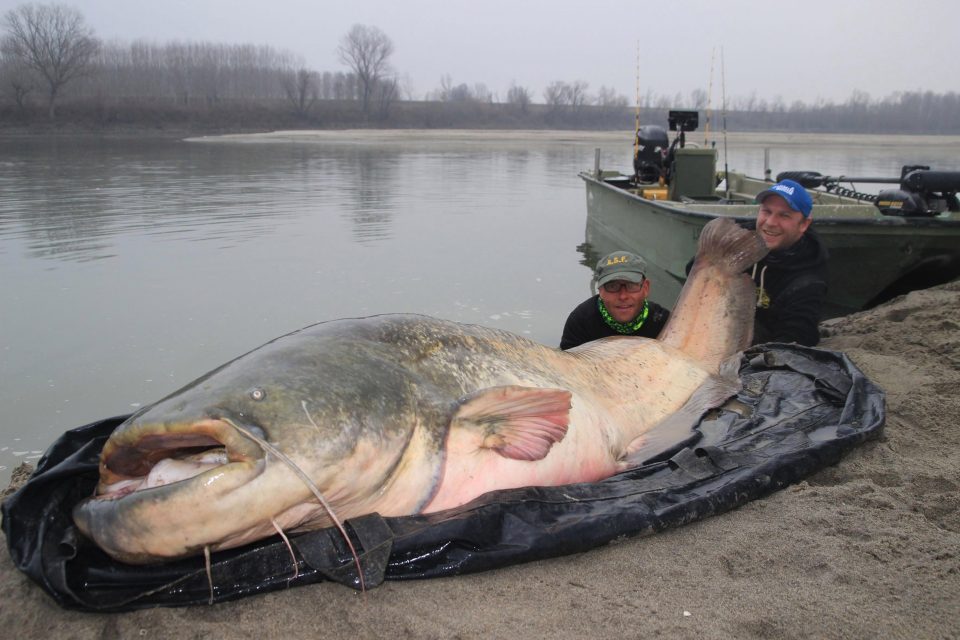Dangers of catfish
Are Catfish Dangerous? (Surprising Facts & Incidents)
Found all across the globe, catfish species are so diverse and numerous that they belong to their own order, Siluriformes. Most of these ray-finned species reside in freshwater bodies, and many are commercially important as food or aquarium fish. They are known for their whisker-like barbels and flattened skulls, which enhance their feeding capabilities in the benthic reaches of the water column.
As they are scaleless, catfish have evolved to respire through their skin. In some families, the skin is coated with dermal plates that serve as some form of body armor. To an extent, this may afford catfish defensive protection, but it doesn’t allow them to take an offensive stance against potential threats. Some species have an impressive number of conical or villiform teeth, which are arranged in bands throughout their oral cavities. These generally function as scrapers rather than weapons for attack.
So what does make catfish dangerous? Among the vertebrate orders, Siluriformes contains the highest number of venomous species because around half of them possess venomous spines! The next time you go on an angling trip or attempt to handle these seemingly harmless fish, take extra caution. Most of the species that we’re largely familiar with as food have non-lethal stings, but there is always the risk of injury.
Catfish have sharp spines on the edges of their pectoral and dorsal fins. These can cause mechanical injury to handlers, resulting in inflammation, possible infection, and severe pain. While these spines are non-venomous in some catfish, there are more than 1,600 species that do possess venom glands. Toxicology studies have shown that the proteins produced by these glands tend to have hemolytic properties, though the actual chemical composition differs across taxa.
When catfish are disturbed, they tend to lock the position of their fins so that the sharp spines stick in an outward direction. As they are stiff, they are all the more likely to cause injury when touched from the wrong angle! Upon contact, the stinging proteins are delivered into the resulting wound. These are produced by glands in the epidermal layer that surrounds each spine.
These are produced by glands in the epidermal layer that surrounds each spine.
When the leading edge enters or simply grazes the skin of the victim, the integument surrounding the venomous cells becomes damaged. Thus, the venom is released directly into the skin. The entire spine may even get lodged into flesh and become a foreign embedment that causes arterial and nerve damage.
While the initial symptoms of pain and swelling may be manageable without professional help, there is a danger of secondary infection from contact with bacteria or fungi. Moreover, some species have a venom composition that can even cause tissue necrosis! As the hand is oftentimes the site of injury, any infections or lingering pain must be treated right away to avoid complications. In the worst case, abscesses may even lead to the loss of fingers or a hand.
Dangerous Species to Avoid Handling
As there are so many venomous catfish species, you are not advised to touch or handle them unless you have received proper training beforehand.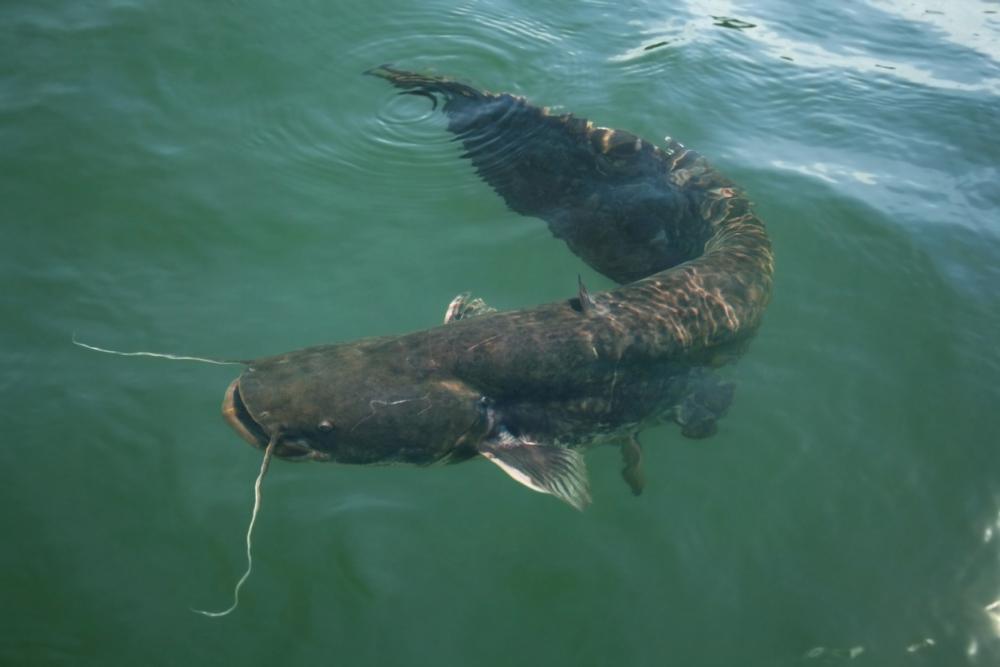 Those listed below have been associated with serious injuries, with some leading to fatalities. Keep in mind that dangers aren’t simply restricted to these species, but are the results of mishandling any type of catfish in general.
Those listed below have been associated with serious injuries, with some leading to fatalities. Keep in mind that dangers aren’t simply restricted to these species, but are the results of mishandling any type of catfish in general.
Native to North America
The channel catfish is one of the common freshwater fish species in the US. They are often caught by anglers for sport or as food. Their stings are usually quite harmless, but they do possess proteins that may cause adverse reactions in healthy individuals.
A fishmonger who worked at a supermarket in 2013 was the unhappy victim of a live channel catfish. The fish’s spine pricked his thumb, causing severe pain. Over the course of a few days, the pain exacerbated and was further complicated by secondary infections. It took a full course of antibiotics to reduce the abscess and normalize his blood test levels.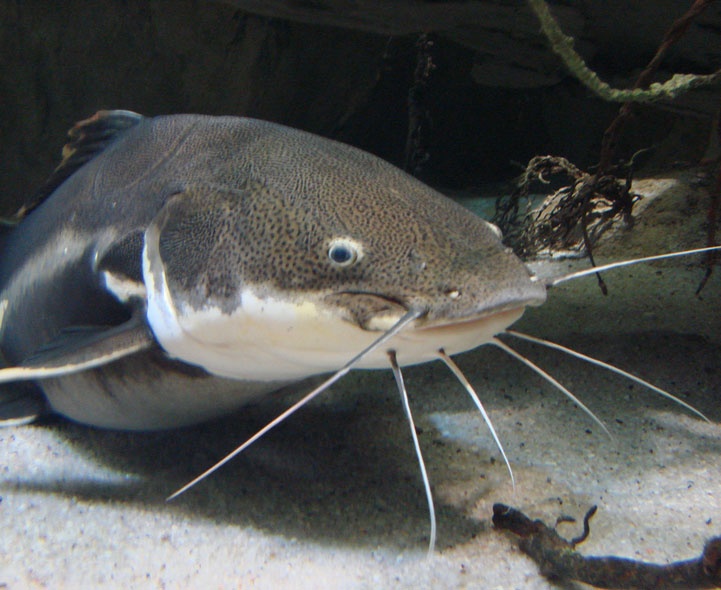
2) Asian stinging catfish (Heteropneustes fossilis)The Asian stinging catfish is a popular choice for personal aquariums due to its dark coloration. Rejoice Gassah / CC BY 4.0
Native to Central and South Asia
This omnivorous catfish is commercially farmed throughout its native range. It is often kept in personal aquariums as its dark coloration may look attractive in a brightly lit tank. It can tolerate a wide range of natural conditions and can persist in muddy and brackish waters. Interestingly, there is high demand for H. fossilis in India due to its medicinal and nutritional value.
In 2005, an aquarist who was cleaning a tank that housed a stinging catfish was actively stung on the hand. The wound had to be irrigated, debrided, and treated with local anesthesia. A combination of tetanus shots and a full course of antibiotics were then required to combat the venomous effects and hasten the healing process. This case highlights the need for prohibitions and safety measures concerning the personal cultivation of venomous animals. There are many other cases of envenomations, resulting in systemic symptoms, due to this species.
There are many other cases of envenomations, resulting in systemic symptoms, due to this species.
3) Striped eel catfish (Plotosus lineatus)Striped eel catfish are relatively small and juveniles tend to travel in schools of up to 100 fish! Dan Schofield / CC BY 4.0
Native to the Indian and Pacific Oceans, with populations in freshwater bodies of Africa
An invasive species with a knack for surviving in almost any type of aquatic environment, the striped eel catfish has made its way into Mediterranean waters. As catfish, these species are relatively small, reaching a maximum length of just 13 inches (32 cm). The attractively striped juveniles usually travel in schools of about 100 fish, whereas adults tend to be solitary or maintain very small groups.
Though tiny, these fish have highly venomous spines. Injuries due to contact with a spine can result in severe pain. The venom is comprised of toxic proteins that are associated with lytic, hemolytic, and edematous symptoms. In the Southeastern Mediterranean, many unsuspecting fishers have been injured by this fish while handling their fishing nets or wading in the water. Their symptoms included swelling and erythema at the site of the puncture wound. A few cases resulted in systemic symptoms such as tachycardia, chills, vomiting, and hypertension.
In the Southeastern Mediterranean, many unsuspecting fishers have been injured by this fish while handling their fishing nets or wading in the water. Their symptoms included swelling and erythema at the site of the puncture wound. A few cases resulted in systemic symptoms such as tachycardia, chills, vomiting, and hypertension.
A Fatal CaseThough rare, a catfish’s spine lodged into the skin can be lethal. Caitlin Childs / CC BY-SA 2.0
Knowing that a single catfish has at least 3 sharp spines, it’s no mystery why a man was killed carrying a handful of them. In 2008, a Brazilian fisherman died due to a fatal heart perforation caused by a catfish spine. Prior to his death, he had held a net full of catfish (species unknown) close to his chest. Ill symptoms were practically instantaneous once the spine became lodged into his skin. Onlookers saw the fisherman fall into the water and attempted to rescue him. After a few minutes, he had passed away.
The catfish spine was excised from the victim’s body. The autopsy report indicated that it had punctured the left ventricle. This was the first-ever case of a fatality due to myocardial perforation of a catfish spine. This instance is comparable to fatalities due to stingray spines (e.g. the Steve Irwin case). Though the spine of a catfish is small in comparison, it turns out that it can be just as lethal!
The autopsy report indicated that it had punctured the left ventricle. This was the first-ever case of a fatality due to myocardial perforation of a catfish spine. This instance is comparable to fatalities due to stingray spines (e.g. the Steve Irwin case). Though the spine of a catfish is small in comparison, it turns out that it can be just as lethal!
The Dangers of Electric Catfish (Malapteruridae)Electric catfish lack dorsal fins and venomous spines. Lucy Keith-Diagne / CC BY 4.0
There are about 20 species of electric catfish. Native to Africa, these “shocking” fish are equipped with an electric organ that can generate a shock of up to 400 volts! It is undoubtedly an evolutionary advantage, but it may have been at the cost of venomous spines. Unlike those of the majority of catfish species, the fins of the electric catfish are not a cause for worry. They also completely lack any vestige of dorsal fins.
To catch their food, Malapteruridae species make use of their electrogenic organs to incapacitate potential prey items.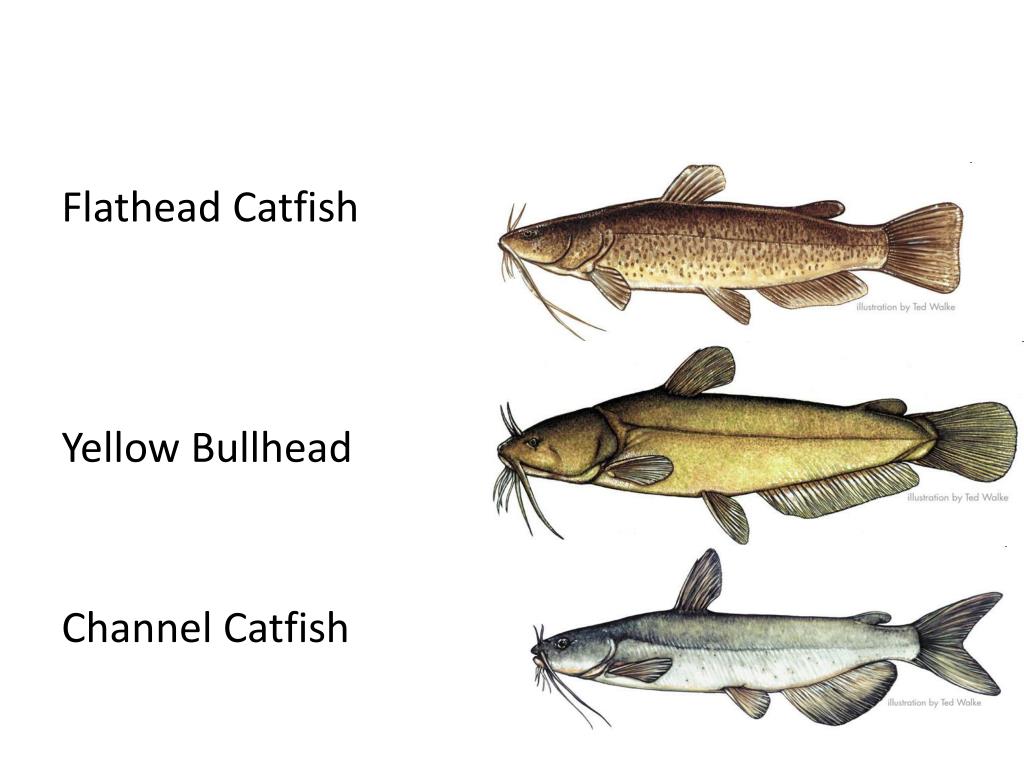 These include smaller fish and invertebrates that are found within or close to the benthos. They aren’t known for being particularly dangerous to people, but the largest of their kind (up to 3 feet long) can generate an electrical discharge capable of stunning a human adult.
These include smaller fish and invertebrates that are found within or close to the benthos. They aren’t known for being particularly dangerous to people, but the largest of their kind (up to 3 feet long) can generate an electrical discharge capable of stunning a human adult.
Historically, Egyptians made use of this catfish’ special trait to treat arthritis. The mild shocks must have caused the pain to abate temporarily. Nowadays, smaller individuals are sometimes kept as novelty, ornamental fish in aquariums. They definitely cannot be housed with any other organisms, however.
Goonch, a Giant Catfish That Attacks HumansThe goonch is a type of catfish that can reach lengths of up to 2 meters! Derek Dsouza, CC BY 3.0, via Wikimedia Commons
Bagarius yarrelli, commonly known as the giant devil catfish or goonch, is an Indian species that grows to a truly massive adult size. Some of the largest individuals ever recorded reached lengths of up to 2 meters.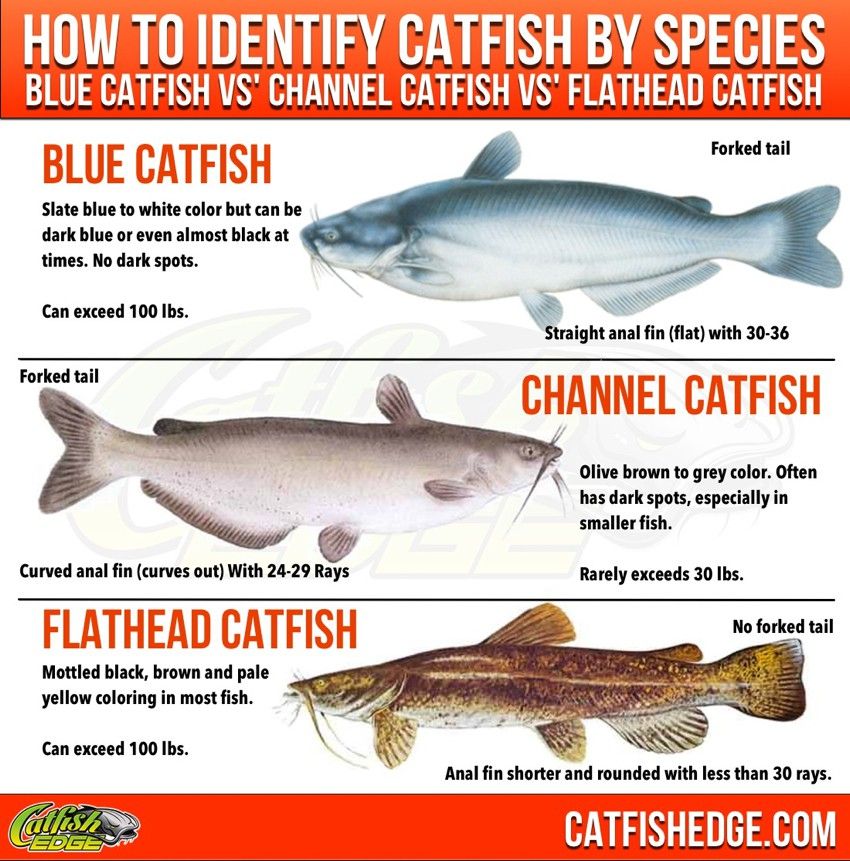 Unsurprisingly, this fish is associated with fatal attacks. In 1998, a male teenager swimming in the Kali River was pulled underwater by an unseen creature. The boy’s remains were never found, even after a thorough multi-day search over a considerable range.
Unsurprisingly, this fish is associated with fatal attacks. In 1998, a male teenager swimming in the Kali River was pulled underwater by an unseen creature. The boy’s remains were never found, even after a thorough multi-day search over a considerable range.
Several months to years later, two more humans disappeared into the river by being dragged into the water. One of these fatal cases occurred in 2007, when the likely culprit was first described as a “water pig”. These events drew in Jeremy Wade, the famous British biologist and television presenter of River Monsters (a documentary program that streamed on Animal Planet).
After a thorough investigation into the potential “monster” behind the disappearances, Wade concluded that the culprit was most likely a human-sized goonch. He managed to capture a 73 kg goonch that measured at exactly 2 meters! Many other large specimens were also spotted during his brief expedition.
The Final VerdictTo avoid any potential injuries, it’s important to learn how to properly handle catfish.
 USFWS Mountain-Prairie / No copyright
USFWS Mountain-Prairie / No copyrightWhile harmless experiences with catfish far outnumber the instances of serious injury, it pays to be aware of the dangers associated with handling them. Many fishermen, fishmongers, aquarists, and anglers continue to handle these fish with their bare hands, risking the possibility of getting stung by their spines.
Sure, a venomous sting on the hand may not be lethal, but it certainly causes a string of nasty symptoms. It’s important to educate oneself on how to hold catfish in a manner that keeps them fairly calm and reduces chances of personal injury. As for the goonch, there’s really not much to do apart from keeping clear of murky waters!
Why Are Catfish Dangerous? Honest Fishers
Catfish are a type of freshwater fish that are known for their long whiskers and bottom-dwelling habits. While they may look harmless, catfish can actually be quite dangerous.
So, why are catfish dangerous? The main reason is catfish have sharp barbs on their fins which can wound skin and cause infections.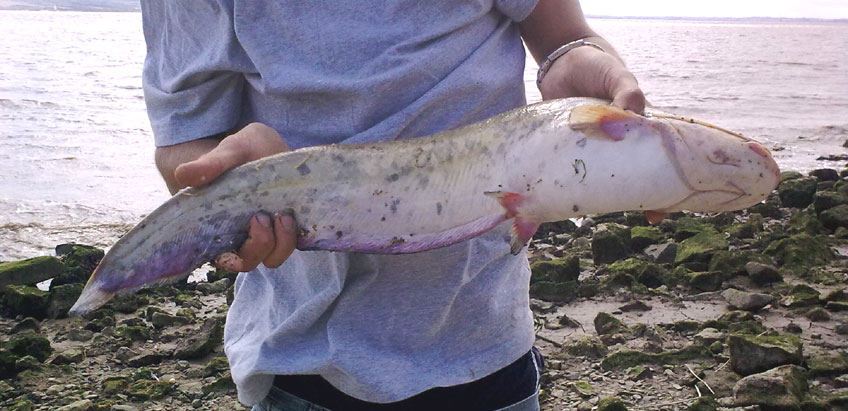 These barbs can also get tangled in fishing lines, which can cause serious injuries or even death if the fish is not handled properly.
These barbs can also get tangled in fishing lines, which can cause serious injuries or even death if the fish is not handled properly.
Apart from that, there are some other reasons why catfish are dangerous. Now we’re going to talk about the reasons for catfish being dangerous and how to treat a catfish sting.
Read Also: Why Do Fishermen Wear Camouflage? Full Blog Here
Why Catfish Are Dangerous
Catfish are known to host a parasite called the fish hookworm that can cause a disease called cutaneous larva migrans. It causes a rash and intense itching. If the fish hookworm parasite enters your body, it can travel through your bloodstream and end up in your brain, which can be fatal.
Another reason is catfish can carry a bacterium called Mycobacterium marinum. This bacterium can cause a skin infection known as fish handler’s disease. A fish handler’s disease can lead to ulcers, boils, and even amputation in severe cases.
Besides, catfish are often found in stagnant or polluted waters, which can contain harmful chemicals or other contaminants. These fish can absorb these toxins through their skin and gills, which can make people sick if they eat them.
Are All Catfish Dangerous?
No, not all catfish are dangerous. In fact, most catfish are not dangerous at all. However, there are a few species of catfish that can pose a threat to humans. The most dangerous catfish are the ones that have long, sharp spines on their fins. These spines can wound the skin and cause serious injury.
If you are ever unsure about whether or not a catfish is dangerous, it is best to err on the side of caution and avoid them altogether.
Which Catfish Species Are Dangerous?
There are over 3,000 species of catfish, but only a handful are considered dangerous to humans. The most dangerous catfish species include the electric eel, stonefish, and piranha.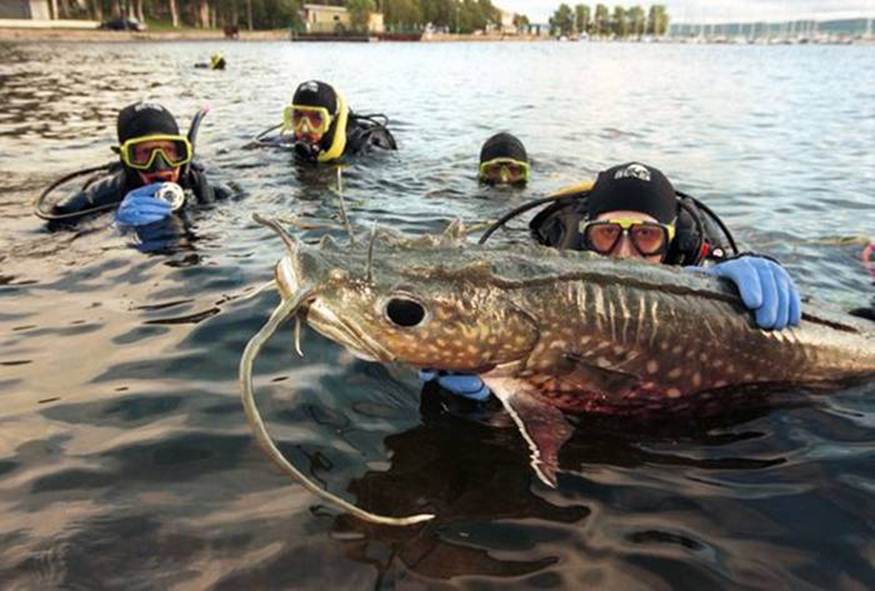
The electric eel is the most well-known dangerous catfish. These fish can grow up to eight feet long and can deliver a shock of up to 600 volts. While electric eel attacks are rare, they can be fatal if the victim goes into cardiac arrest.
The stonefish is the most venomous fish in the world. These fish are found in the tropical waters of Australia and Indonesia. A stonefish sting can cause paralysis, tissue damage, and in some cases, death.
The piranha is the most feared fish in the world. These flesh-eating fish are found in the rivers of South America. Piranha attacks are rare, but they can be deadly. In 2012, a piranha attack in Argentina killed a child and injured several other people.
While most catfish species are not dangerous to humans, it is important to be aware of the potential hazards of these fish.
Can Human Die From Catfish Sting?
It is possible for humans to die from catfish stings, though it is rare.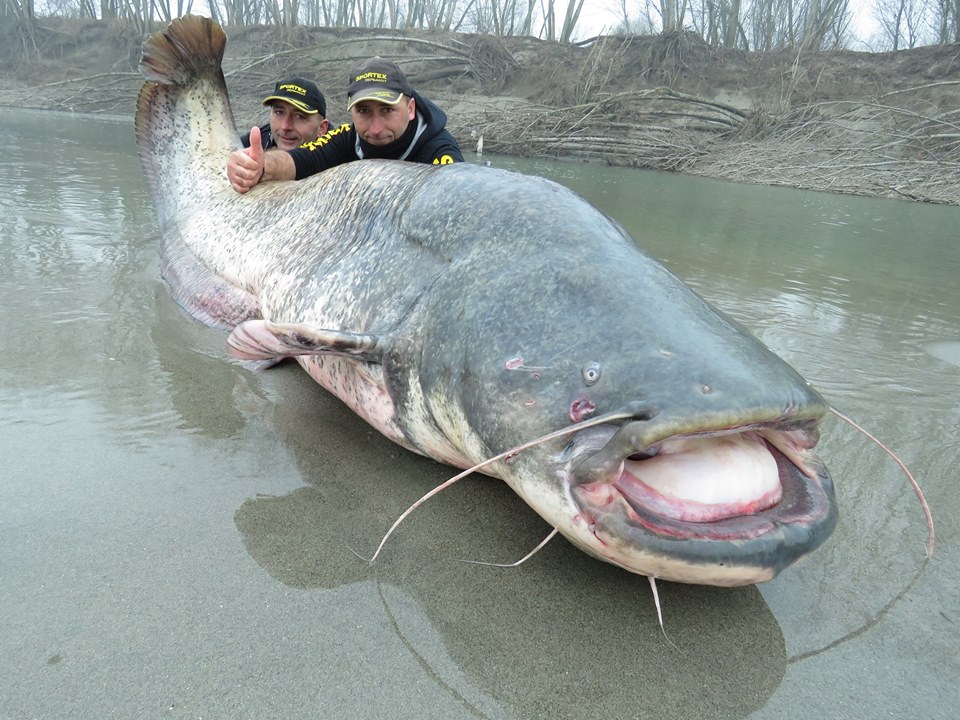 The venom in the sting can cause an allergic reaction in some people, and if not treated quickly, this can lead to anaphylactic shock and death.
The venom in the sting can cause an allergic reaction in some people, and if not treated quickly, this can lead to anaphylactic shock and death.
There are many different types of catfish, and not all of them have venomous stings. The most venomous species are found in tropical waters, and their stings can be extremely painful. If you are ever stung by a catfish, it is important to seek medical attention immediately, as the venom can cause serious health problems.
How Long Does A Catfish Sting Last?
A catfish sting can be a painful experience, but fortunately, they are not usually dangerous and the pain typically subsides within a few hours. In most cases, home treatment is all that is needed to ease the discomfort.
However, if you have an allergic reaction or the pain does not improve, it is important to seek medical attention.
How To Treat A Catfish Sting?
A sting from a catfish can be a painful experience. If you are stung by a catfish, there are a few things you can do to ease the pain and discomfort.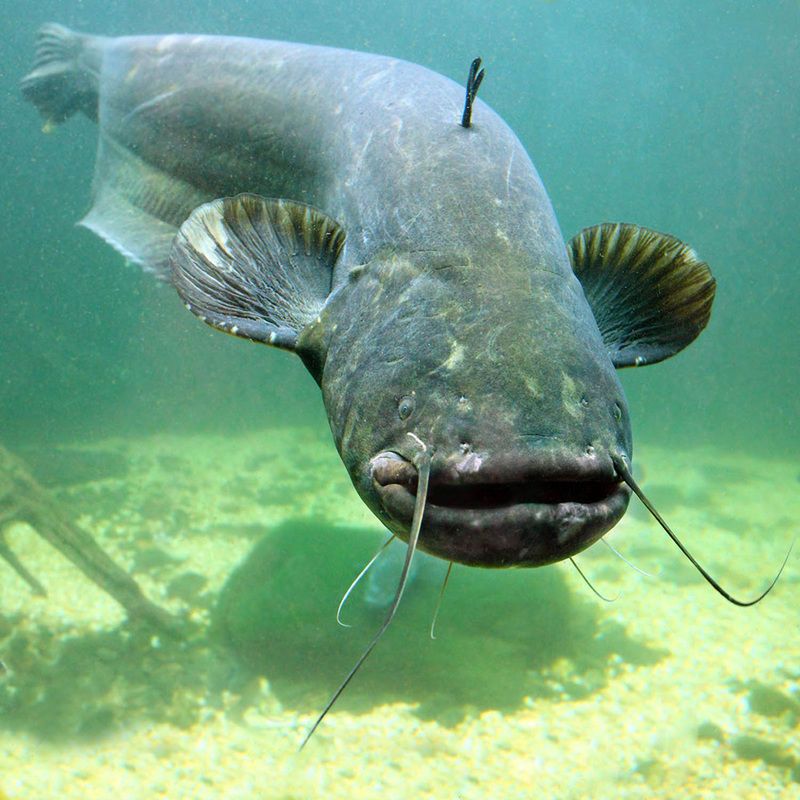
The first step is to remove the barb if it is still embedded in the skin. This can be done with a pair of tweezers.
Next, rinse the area with clean water. This will help to remove any venom or bacteria that may be on the skin. Then, apply a cold pack to the area for 10-15 minutes to help reduce swelling and pain.
If the pain persists, you may take over-the-counter pain medication such as ibuprofen or acetaminophen. It is important to keep the area clean and dry. You may cover the area with a bandage if necessary.
If you experience any severe symptoms such as difficulty breathing, swelling of the face or throat, or a rash, seek medical attention immediately.
Final Word:
While catfish may not be the most dangerous fish, they can certainly pose a threat to humans if not handled with care. It’s always best to use caution when handling these fish and to thoroughly cook them before eating.
Be sure to wash your hands thoroughly and avoid handling them without gloves. However, if you have any questions, please leave a comment below. Stay connected with us on Facebook, Twitter, and Pinterest.
However, if you have any questions, please leave a comment below. Stay connected with us on Facebook, Twitter, and Pinterest.
Image Source: istockphoto.com
Useful and dangerous properties of catfish
Catfish is the largest freshwater predator. Dwells in pools and cluttered river pits, can reach a weight up to 300 kg! Such giants, scientists believe, usually have age 80-100 years! True, nothing is heard some of the anglers are so lucky. More often come across catfish weighing 10-20 kg.
Catfish are easily distinguished from all other fish. He has a huge blunt head, big mouth from which two large whiskers and four antennae extend on the chin. The mustache is a kind of tentacles, with the help of which the catfish finds food even in the dark. And what is surprising - with such large dimensions - very small eyes. The tail is long and looks a little like a fish.
The body color of the catfish is variable - almost black on top color, the belly is usually off-white. His body is naked without scales.
Useful properties of catfish
Meat of catfish almost without bones (backbone), fatty, soft and tender with a sweet taste. Before use it is usually fried or poached.
Catfish contains such macro and microelements as calcium, magnesium, sodium, potassium, phosphorus, chlorine, sulfur, iron, zinc, iodine, copper, manganese, chromium, fluorine, molybdenum, cobalt, nickel. Catfish meat contains vitamin A, B1, B2, B6, AT 9, WITH, E, RR. It also contains large amounts of fats and proteins, which are sources of energy for the human body.
Catfish meat contains all amino acids, it is valued more than than vegetable protein. Consuming approximately 200 g of fish meat, you can meet the daily requirement for an animal protein, because the proportion of essential amino acids in fish is very high. Particularly high content of amino acids lysine, but there is little of it in cereals, therefore fish is especially good as a supplement to food containing grains.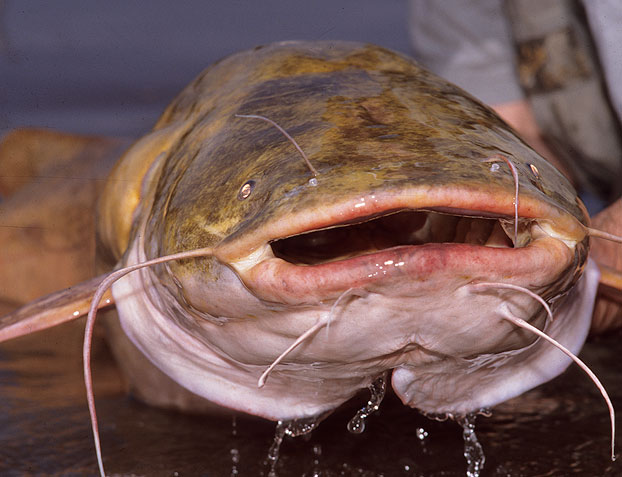
The body of a fish contains only 2% connective tissue (bones, ligaments and skin), while beef and pork contain from 8 to 10%, and sometimes more. Due to the small connective tissue content fish lighter and faster digested than the meat of mammals, which important for people leading a sedentary lifestyle. Fish is useful for both children and young people who have a large the need for protein in the process of growth, as well as sick.
Catfish meat is good for healthy skin, mucous membranes, nervous and digestive systems, it perfectly regulates blood sugar, and it also contains an antioxidant.
Catfish also accumulates its fat in the intestines - the fat-rich liver of cod and burbot is best known. Fatty fish do not lend themselves to long-term storage, because fat quickly rancid.
In the record holders for the presence of iodine, cobalt
Dangerous properties of catfish
There are no special contraindications for catfish, however, it should be taken into account that that this fish, like any other, can be an allergen, which is why individual intolerance is possible.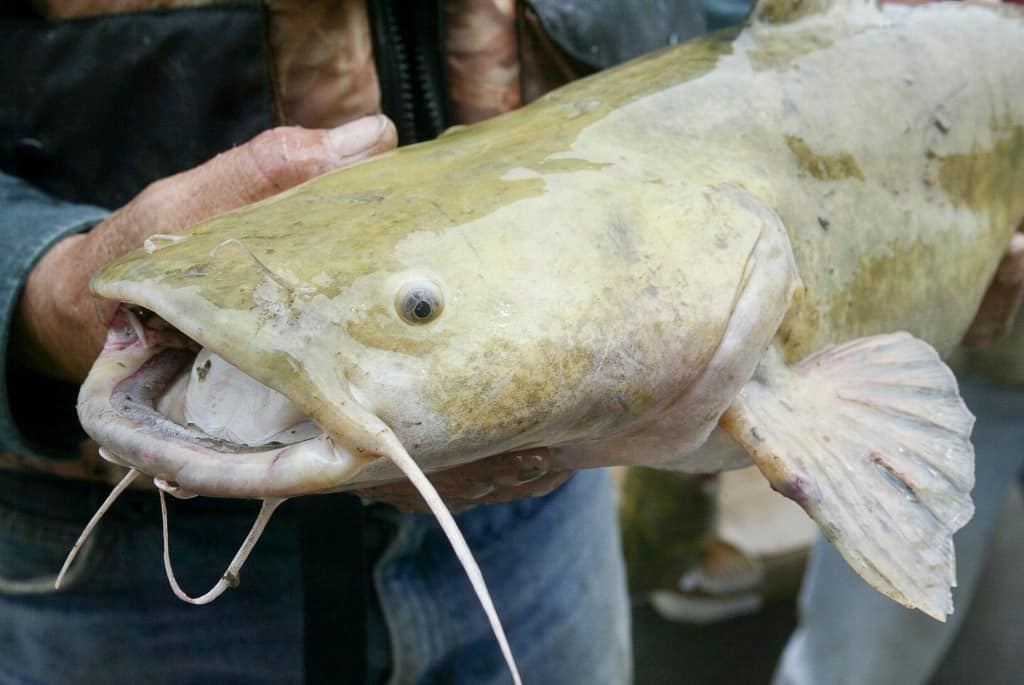
How to easily clean and cut catfish and what to cook from it? The most delicious recipe with a crispy crust and sauce!
Attention! The information is for informational purposes and is not intended for diagnosis and treatment. Always consult with a specialized doctor!
Rating:
10 /10
Votes: 7
Material utility 10
Reliability of information 0
Registration of article 10
See also properties of other fish:
Burbot
Pink salmon
Hake
trout
Koryushka
salmon
Sterlad
SIG
Sturgeon
Keta
TOP 10 hazardous river monsters
#6
COMPLE in the photo: Chanced living in the freshwater rivers of Europe.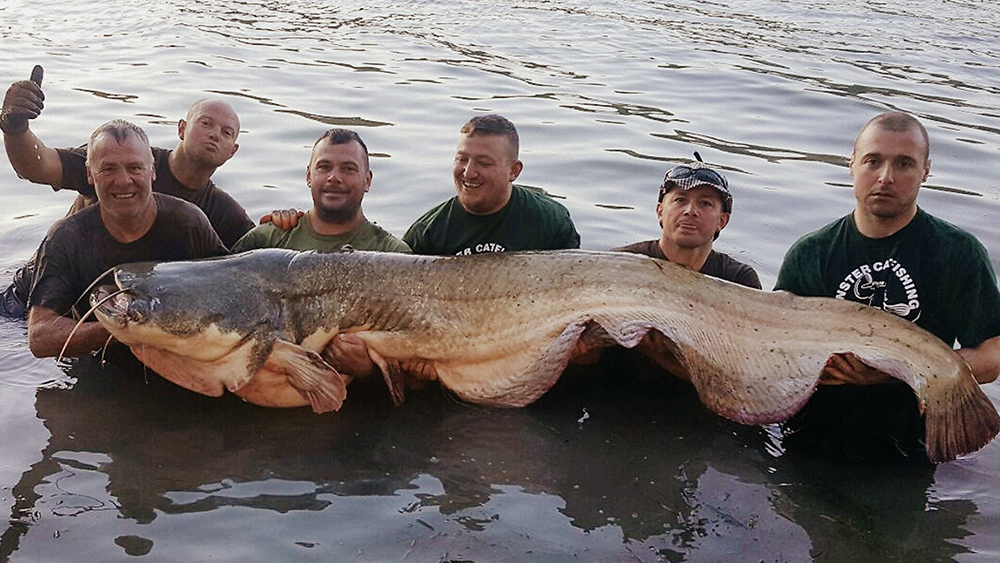 Catfish can reach unprecedented sizes - up to 5 meters in length and weighing up to 400 kilograms.
Catfish can reach unprecedented sizes - up to 5 meters in length and weighing up to 400 kilograms. Catfish live in rivers and lakes of the European part of Russia (with the exception of the Arctic Ocean basin), often found in rivers and lakes of other European countries.
common catfish has a rather unusual appearance, it is a scaleless fish with a long anal fin that passes into the caudal fin. He has a large blunt head and a large mouth with a "brush" - several rows of small teeth bent inward. The catfish has two whiskers on the upper jaw and four antennae on the lower. Whiskers are a kind of tentacles, with their help the catfish finds food in complete darkness. Catfish have very small eyes.
Pictured: Common catfish brush teeth Catfish leads a solitary lifestyle, living in underwater pits and ditches. Moreover, the habitat of catfish is extremely rarely changed. These fish are marine predators, eating any food, from small crustaceans to large fish.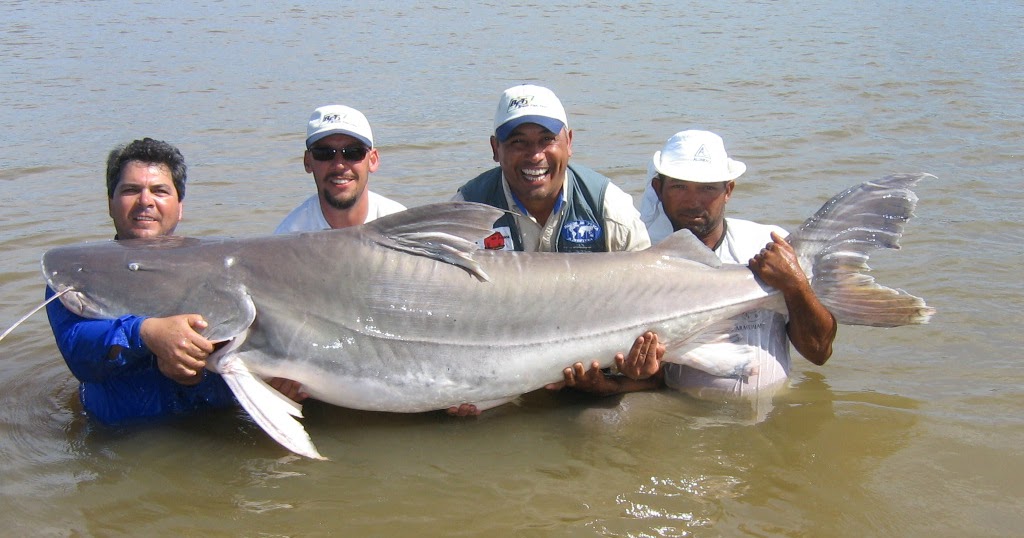 Does not disdain and old, sick fish.
Does not disdain and old, sick fish.
Rare cases of catfish attacks on people have been recorded. There have also been cases when, after catching a catfish, human remains were found inside the fish.
#5
Giant freshwater stingray
Pictured: Giant freshwater stingrayGiant freshwater stingray or stingray lives in the muddy waters of the rivers of Southeast Asia. This fish is a freshwater cousin of the largest stingray in the world - giant "sea devil" , which reaches a length of 7 meters.
The giant freshwater stingray is slightly smaller - only 4.5 meters long and up to 2 meters wide and weighing 450-500 kilograms. But this does not make it less dangerous for humans.
This monster has 2 powerful spikes located on the tail, each of which plays a special role. The large spike can reach a length of up to 40 centimeters and is used to grab and hold prey like a harpoon. The spike easily pierces into the flesh of the prey, but numerous notches do not allow it to come out back.
The spike easily pierces into the flesh of the prey, but numerous notches do not allow it to come out back.
The second spike is slightly smaller. With it, the stingray injects poison into the victim. The poison is highly toxic and fatal to humans.
Giant freshwater stingray can only cause irreparable harm with a tail swipe, without the use of spikes. His blows are so strong that they can easily pierce the bottom of the boat with a spike.
But the giant freshwater stingray must be very angry or taken by surprise in order to attack a person. Such cases are extremely rare. Yes, and the population of stingrays in recent years has been significantly reduced.
#4
Big tiger fish
Pictured: Big tiger fish Big Tigerfish , also called Giant Hydrocine or Goliath impresses with its aggressive appearance. She looks like she came from a horror movie.